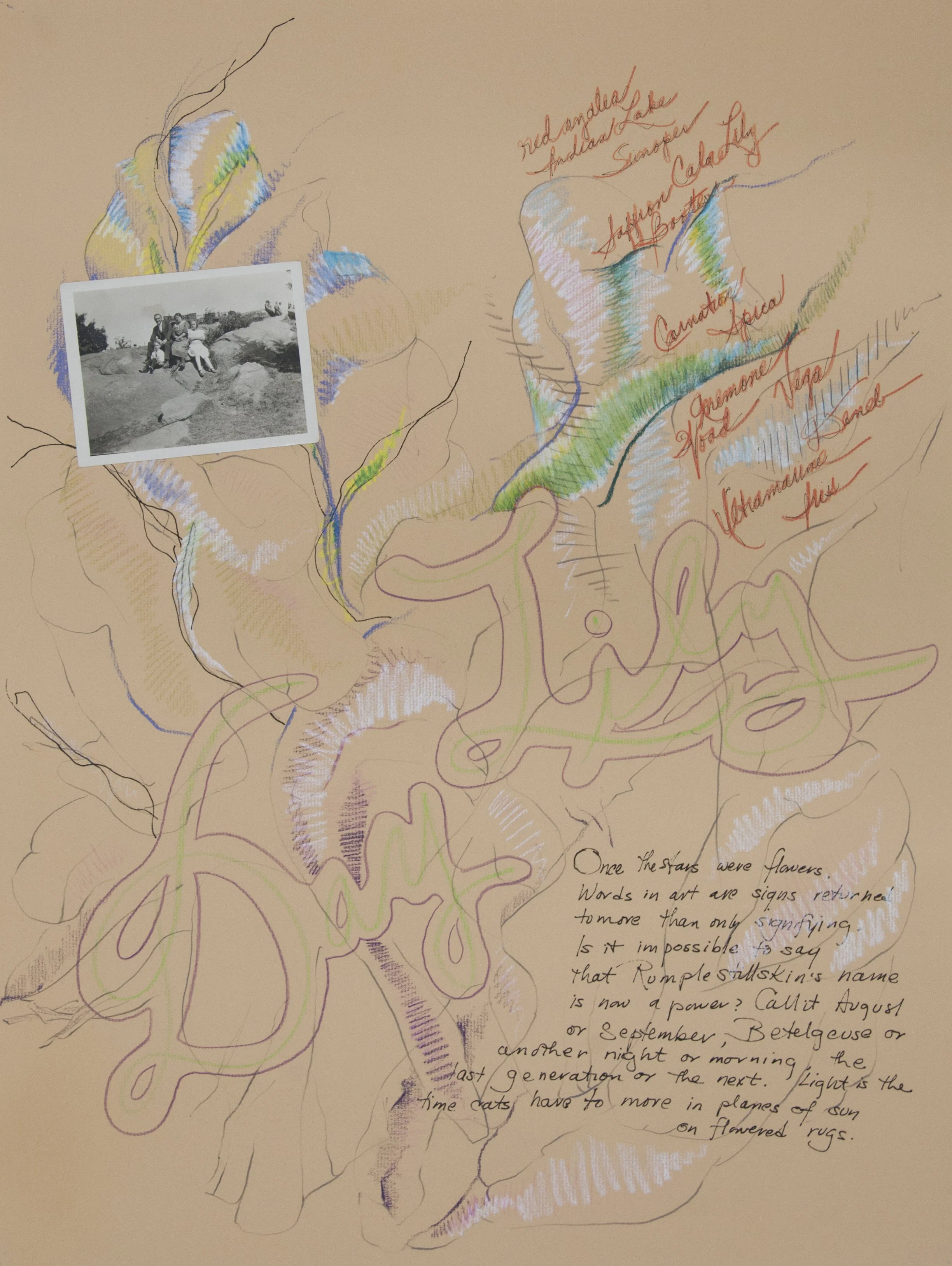Rosemary Mayer: Words in Art are Signs Returned
Miriam and Ira D. Wallach Gallery, New York
March 23 - April 7, 2024
“Rosemary Mayer: Words in Art are Signs Returned” brings together a selection of works with images and text by the artist Rosemary Mayer (1943–2014), an artist largely known for her fabric sculptures and public art projects. This exhibition critically reassesses the artist’s legacy by closely examining this lesser-known body of work within her practice.
COUNTER-MEMORY: an elegy in two acts
COUNTER-MEMORY: an elegy in two acts
To make his video, And Yet, Here You Are, Benjamin Salesse chemically decomposed old photographs from his father who was a revolutionary fighter in 1970s France. The visual process of dissolution is echoed in the artist’s re-telling of hisfather’s account of disillusion and the Resistance’s strategy ofcamouflage. The fragile materiality of the photograph is made palpable through prints held precariously against the gallery’s side walls or collapsed onto the floor: their images are no longer legible. Similarly reflecting on generational memory, Justin Hui’s ongoing multi-part work, Searching for Poon,attempts to reconstruct his grandmother’s early memory of crossing the border between Hong Kong and China, just as she is losing her memory day by day. Starting with his grandmother’s suitcase of old photographs, Hui’s lens zooms in on the mute traces of bygone lives and places. The resultant photographs, here displayed in a non-linear formation, compose an elegy to his loved one, to the city, and to photography.
Photography—for its ability to “fix” a moment in time—was invented as an aide mémoire. Through the photograph, memories are transmitted in the family, the archive, and the collective consciousness. The exhibition “Counter-Memories: An Elegy in Two Acts” brings into dialogue two contemporary New York-based artists who poeticise on the fallibility of the photograph as a mnemonic device. In their works, the photograph detaches from time, becoming a lure for present re-tellings of the past or what Roland Barthes once called a “counter-memory.” Working with text, video, and architecture, they mediate on the nature of photography and how we remember as well as larger socio-political changes through an intimate lens.
Both Hui and Salesse place emphasis on the act of searching for the past, here re-enacted in the viewer’s experience moving through a dark-lit space. Both artists seek to expand the affective possibility of photography by incorporating text, installation, and sound. Both artists dwell on the dialectics between the personal and the collective, the quotidien and the political, documentary and fiction, memory and forgetting.
> about Justin Hui
> about Benjamin Salesse













